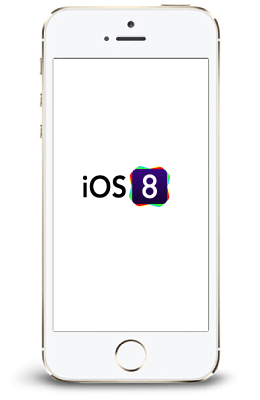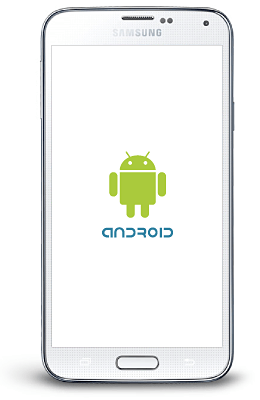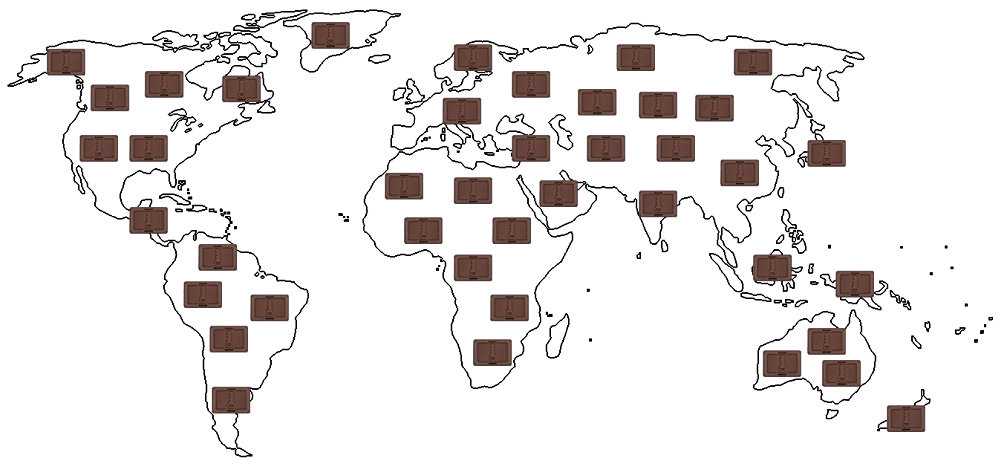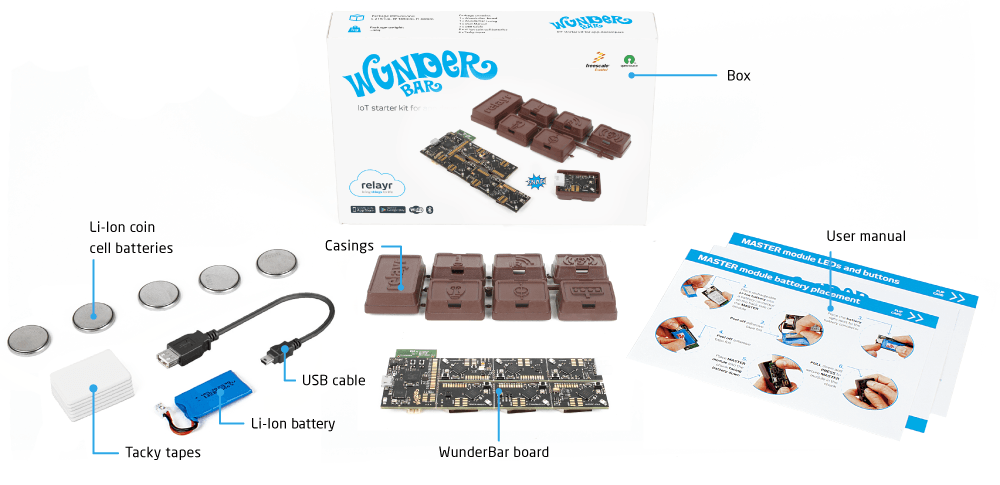WunderBar
As easy as breaking off a piece from a chocolate bar, the WunderBar turns App developers into Internet of Things innovators. It's a set of six sensors and a WiFi enabled main module, same stuff that makes your tablets and smartphones smart.


A World Beyond Your Smartphone
Imagine if you could take apart a smartphone and pull out all the hardware that makes it smart, then snap off a single sensor and stick it to a wall or wherever, as simply as you would cut & paste blocks of working code in a text editor?


That’s the essence of the WunderBar.
You have access to all the data from these sensors and modules, without having to learn about hardware. No wires no soldering no nothing. You can develop Android or iOS Internet Of Things apps just like you're used to, in Xcode, Android SDK or any text editor with command-line compilers.
It’s all because it’s connected to a cloud.
It’s Raining Chocolate!
Sensor readings are instantly sent to the Relayr Cloud which stores them into your secure personal account. The cloud hosts iOS, Android and node.js SDKs, APIs, frameworks and libraries that allow you to read all the data from the sensors so you can easily access them and process them from within your app.
Works right away
Each module is fitted with firmware that makes it fully functional from the start. Yet it's flexible enough to allow you to configure it for your App.
Fast and secure
Based on core technologies developed by Twitter, LinkedIn and Yahoo, the Wunderbar kit and Cloud constitute a fast, secure and scalable system.
Energy-efficient
Each sensor module runs on a single coin cell battery that will last for at least a month. It's because of the way the firmware utilizes the BLE.
Tastes Better When You Share It
The temperature sensor is publicly accessible right out of the box. Over time, every developer will be able to tap in to a world wide network of WunderBar sensors, giving you a wealth of data you can put into use in your Internet of Things apps.

Tech specs
The WunderBar is delivered as a single block of PCB. The modules are separated with V-cut inscisions. You can snap each of them off if needed. Put a battery into a socket on the backside of each sensor and plug in the USB power supply to the main module. They will start communicating right away through Bluetooth Low Energy (BLE).





















